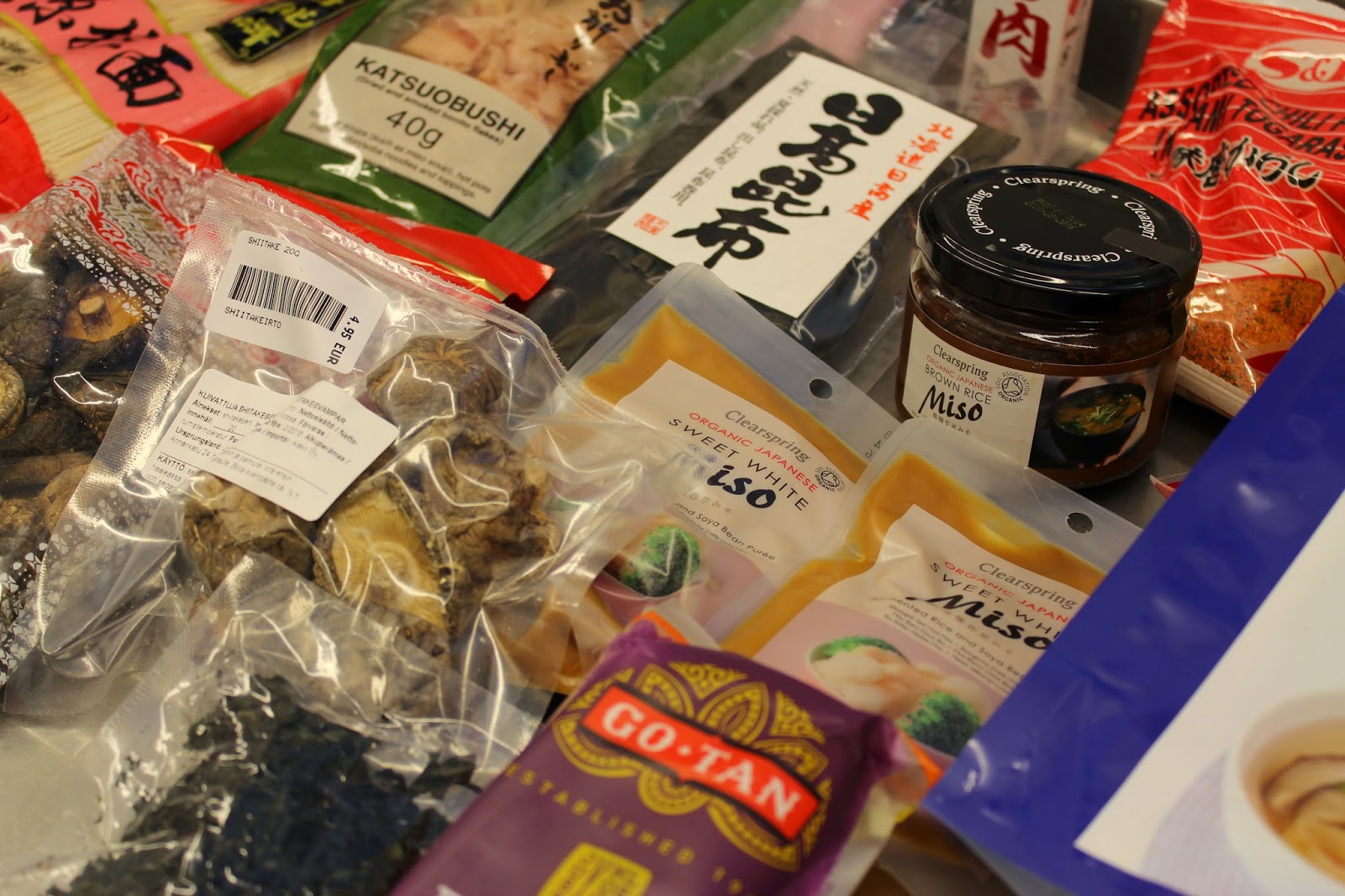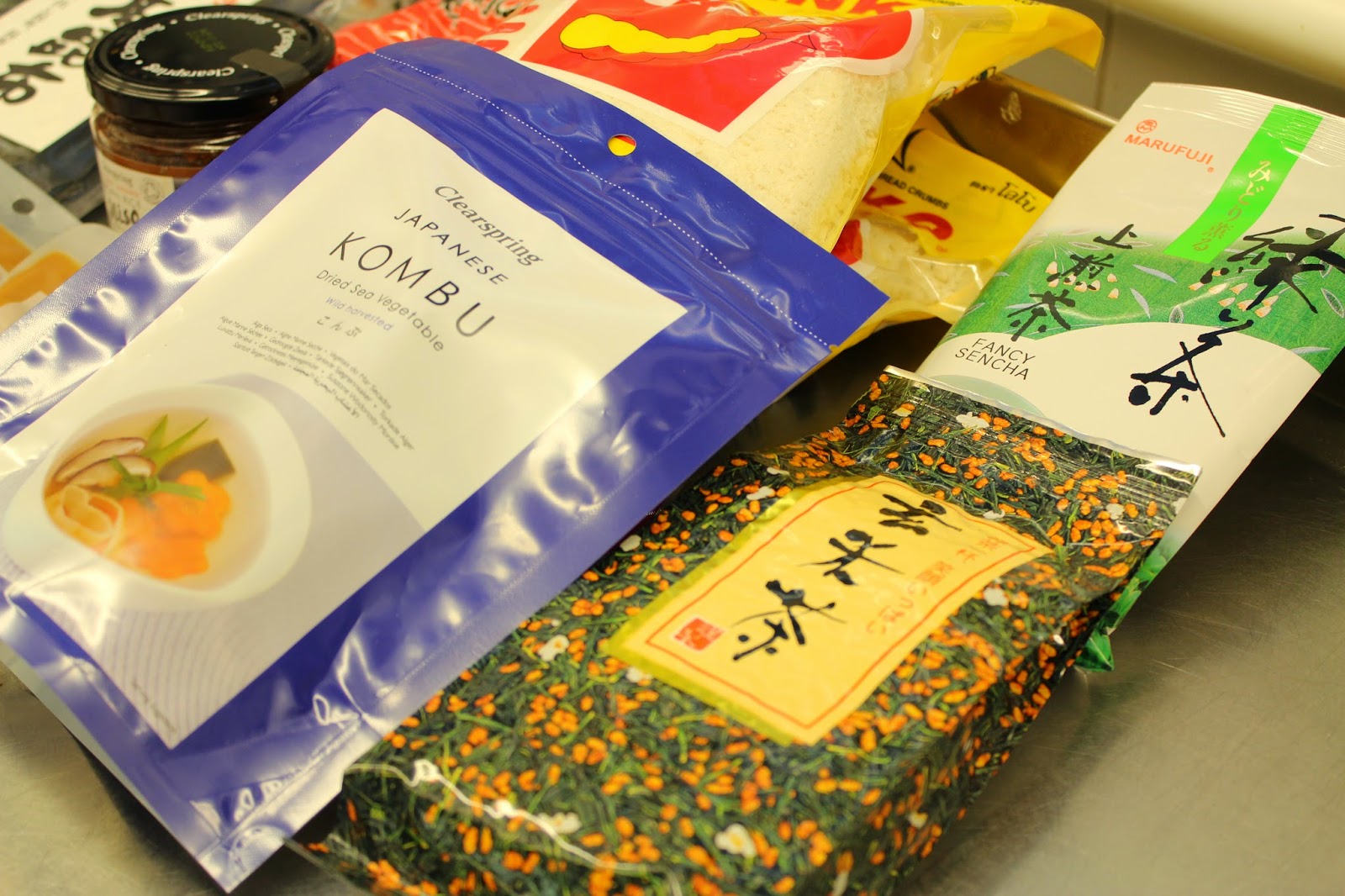“Learning – Developing – Networking”
International training course for facilitating international youth exchanges
in Lauenburg/Elbe 15th – 21st February 2015
1st day 16.2.15
Introduction games
The day and the course started in Jugendherberge Lauenburg with a welcome and short introduction of our names.
After quick round of names we were asked to make a circle in alphapetical order but not so speak at all. Luckily Aga, instructor, remainded us about her name she ws a starting point.
Next task was to make the circle according to our birthdate. Where to start? Someone made the first extreme and dates came out to be correct.
Next task was to make the circle according to our birthdate. Where to start? Someone made the first extreme and dates came out to be correct.
Then some practicalities, like lets ask and give enough time for translations if needed. Next task was not only a game, but a useful one: make a circle about how experienced you are in international youth work. It seemed that almost all were “in the middle”.
The main contents of our project were then presented in big sheet of paper, our training course, next the youth exchange in Norway 9.-18.4.16 and 2. training in Poland in september 2016. Also the program changed a bit.
Program by Streetwork Lauenburg
Program by Streetwork Lauenburg
Expectations
Next phase, expectations, started with introducing a human shape with three questions to think in national groups: “what ideas and expectations” (head), what feelings (stomach) and “what can you share?”.
Before lunchbreak we walked through the city to a city hall and met the mayor of Lauenburg. There was a small jail tower that we could visit. One participant got locked in, luckily other we still out and got the keys. After lunch there were 10 more minutes to finish the expectations.
Photo by Agnieszka Brodacka-Ochnio
Photo by Agnieszka Brodacka-Ochnio
Old town of Lauenburg
Our accomodation, Jugendherberge Lauenburg "Zündholzfabrik", is located just 10 minutes away form course premises. After meeting the mayor the route brought us through a very beautiful old town: small old buildings and gardens, next to the river Elbe.
2.Day 17.2.15
Rules
Rules we introduced as a goog tool with youth groups, as well as with us. Discussions arose, bringing up issues like how people use them:
- with program, to get the group to stick with the plan,
- include things like paying full attention to others (full value contract)
- phones, ok or nor or something else
- being on time, considering cultural habits
- drugs, alcohol, etc things covered by the local laws anyway
Card game
We were asked to pick a candy, that existed in pairs, then to find our pair. Pairs were asked to sit to a table opposite to each other as another pair sat beside us. Each table was then given the instructions to play card game and try to win as a team, each pair against the other pair. Rules were given in written A4, it was read, discussed, and the a silence was declared. Game was fun and after awhile the winning pair was asked to move clock-wise to next table to continue the game. One more change of tables was needed before the idea game out.
Each table was given a different set of rules. This was found out by most. Two participants were given a task to act as observers. Coming together, we were asked how we feel. Not actions yet, just feelings, positive and negative. After some reviewing, also actions and strategies were allowed to be discussed.
Personally I enjoyed the plethora of metaphors: that social game was quite much like the problems in international (youth) work anyway.
Reflection
The official day was ended with a “Speaking paper” method. Everybody was given a sheet of paper, freedom to do anything with it, and a turn to speak about it. Group was a little bit tired, but it is acceptable after 11 hours day.
3.Day 18.2.15
Finnish energizer: ”bus stop”. Everybody stands in a circle, facing down. Game leadr counts; “one, twpo, three, now”, and then everyone raises their vision and looks somebody to the eyes. If that person happens to look you, you both scream and jump away from the circle. Continue, until there is only one one one pari left, as winners.
Organisers comment: anything needs to be fixed, timetable arrangements.
Card game continued – Small group discussions with the questions:
“if these (previous) feelings and reactions can occur in international youth work, what does it mean to me as a youth worker?” What can I do? How do I do it? (What should I do, what is my goal?)
Organisation introductions:
Arbeidinstitutet Buskerud has 190 students. It is kind of workshop, quite similar to finnish ones. Several themes. They use method: “Appreciative inquiry”. They ask for their “learning colleagues” about their dreams, and use that information to create motivation. They also ask them for their strengths and use that information to get the results in their work.
Sven, one of the local organisers, works in Lauenburg´s streetwork:
Munincipal street work, usually in man-woman pairs
4.day 19.2.15
Energizer: “mmm”, One person stands in the middle. The person right to the free chair claps the chair and say a name of a person in the group. That person must sit to the chair before standing person does.
Task: 9 dots in 3x3 grid, surrounded by a frame, must connect all dots with 4 straight lines without taking pen off the paper.
Task: group stands on a circle, each is given a mark in the back and give a task to find their group without talking. Marks include similar, almost-like, and non-matching elements (colour, shape of the paper, mark in the paper, colour of the mark, direction of paper, location of the paper etc…)
Discussion: how did you feel, how did you tried to find your group?
Metaphors:Do we follow some “marks”?
We need the another people to mirror us, to let us know what we are like. We belong to many different groups.
Task to be discussed in small (4-5 pers) groups (40 minutes). Connect previous two tasks and think and how to use them in your work.
5. Day 20.2.15
Energizer from polish team: split the group to two teams, big curtain in the middle. One from each team stands in front, curtain is downed and as quickly as possible, each person tries to say other´s name first. Winner team then gets point, player etc.
Youth pass was introduced and finnish webpage is www.youthpass.eu/fi.
Guide can be found at: https://www.youthpass.eu/downloads/13-62-64/Youthpass%20Guide%2018-10-2011.pdf
Task: make dreams for Norwegian youth exchange 2016, What would you talk about on a way back from a best possible youth exchange.
Roots: what is neede to make it possible
Roadmap: start from today, put dates and concrete tasks with dates and responsibilities (who does what).
The official part of the training ended wot last evening´s party at local youth house. We laughed a lot, talked a lot, played table football, table tennis and darts a lot. I went to ben about 4:30 after polish team left to airport.









